Monolithic Definition:
Important Point
Monolithic construction is a process where, using a homogeneous mixture, a building is monolithically constructed.
It is a structure formed from a sole material, assembled as well as excavated. Both walls, slabs, stairs, along with door and window openings, are cast in place in the Monolithic Method.
The on-site process by using specially made, easier to operate modular formwork made of aluminum, plastic composite with less manpower and machinery effort.
The lateral and gravity load resistance system in this system consists of reinforced concrete walls and slabs of reinforced concrete.
The key vertical structural elements are reinforced concrete structural walls with a dual function in resisting both the gravity and lateral loads
Monolithic building work is capable of cost-effectively providing high quality and robust structure. It has been used for the construction of industrial silos, residential houses, schools, stadiums and roofs, nuclear plants, pressure vessels, and auditoriums.
We used formwork in the monolithic frame, which offers proper orientation, a smooth surface, and high-quality work. It improves the speed of construction relative to traditional approaches due to the use of formwork.
The monolithic construction is important for minimizing the thickness of the wall, minimizing the width of the base, and minimizing the seismic impact.
Monolithic Footing:
A monolithic foundation provides only one pour, such that the foundation is built to replace the footers with a sole pour made of a concrete floor with thicker sections under structural members and both sides of the circumference.
It is much smoother and keeps the cost of production down because the slab is poured together at once. Building monolithic foundations is truly easy. It is possible to do each of these in one day. A monolithic structure has a thickness of just 12 inches.
Through suitable reinforcement, this is the base for value, rate, and design of preference. It is also the greatest to express, too. That is by far the safest option where the concrete is mixed for now and supported enough of steel so that it doesn’t separate.
Unless there is joint tightening, there are no seams or cold joints. No use of precast footings is made.
Monolithic Slab Foundation:
To aid with the load-bearing of walls, the concrete slab that is poured is smoother on the outside, and there are no footers on the outside.
For flat ground, monolithic slab foundations are ideally suited. If the ground is not smooth, so a lot of filling soil is used to top-down the ground; if the ground is not well compacted, this will lead to cracking issues in time.
- Usually, the concrete surface is poured monolithically or independently from the footing.
- To avoid cracking due to settling, rebar or fiber mesh is preferred.
- It takes less time and labor for construction than the Traditional Foundation.
- Under the frost line, the base of the footing should stretch below.
Advantages of Monolithic Slab Foundation:
1. Speed of Construction.
Monolithic slabs are incredibly easy to build. Add the perimeter trench and scatter the gravel until you have compacted the soil (or discarded the topsoil).
In the thinnest part (i.e. in the middle of the home), the concrete has to be 4 inches thick and will generally take a few days to dry entirely. This is considerably quicker than any other method of construction of foundations.
2. Resilience.
In terms of simplicity, a monolithic slab foundation would last about 50 years if constructed correctly. Because of the absence of complex elements, there is nothing wrong with the slab itself.
There are no joints in the concrete, and as long as the support and anchor bolts are properly installed, you have a sturdy foundation that can handle a lot of weight.
3. Poor Maintenance.
To keep it in good shape, there is nothing you need to do on a month-by-month basis, as long as you give it an inspection at regular intervals to ensure that there are no gaps in the foundation.
4. Energy Efficient.
There is no space between the ground and the home for monolithic slab foundations, which means you don’t have to spend too much energy heating the air below it in your home. For even a basement or crawl space, there is a persistent waste of energy.
This means that not only is a monolithic slab base cheaper in the short term, but in the long term, it will save you money.
Disadvantages of Monolithic Slab Foundation:
1. No Access.
A crawl space or basement provides access to the floor, which ensures that in this space you can put plumbing and the electric panel and wiring.
Also, if anything goes wrong with a monolithic slab base, you can not reach it to fix the problem.
2. Expensive Repairs.
While things with monolithic slab foundations seldom go wrong, when they break, it can be incredibly costly.
Generally, you need to employ strategies that can cost thousands of dollars, such as mud-jacking or base jacking.
3. Poor Weather.
Your home is only elevated 6 inches or so from the ground with concrete slab floors, ensuring that the rest of the building is vulnerable to floods. This is a significant vulnerability in certain parts of the world.
4. Resale Price of the House.
A monolithic slab can, in some instances, decrease the value of your house. If you have an older monolithic slab base, a prospective buyer will find that costly repairs may need to be carried out.
If you have designed it yourself, a customer can be uncertain about its results.
Monolithic Slab:
In concrete slab construction, a monolithic slab is a term used to describe concrete structural components such as footings, slabs, foundations, grade beams, piers, and columns that are poured simultaneously.
Not only does a monolithic cement slab apply to concrete cast on the ground, but it also corresponds to the suspended slab.
The use of shoring materials makes the pouring of concrete slabs monolithically with concrete beams and columns, while a suspended concrete slab is above ground level.
Monolithic slabs are base structures designed with a single concrete pour, usually consisting of a 4-inch thick concrete slab with thickened inner sections beneath load-bearing walls and often thickened at the edges of the perimeter.
Among the benefits of monolithic slabs are:
- Faster average building time.
- Higher price.
- Very strong, particularly with the addition of reinforcement of steel and fiber-mesh.
- It can be further improved by the addition of post-tensioning on weak soil lots.
How to Form a Monolithic Slab?
Proper site planning and strengthening of the concrete are the essential criteria for the construction of a monolithic slab.
1. Soil.
It is necessary to compact the soil below the slab and not contain any organic matter. If the topsoil is scraped up, then it will normally cement the undisturbed soil below sufficiently.
It is important to drain the soil well. It is important to account for water flows, and proper redirection must be prepared so that it does not undercut the slab.
2. Perimeter Trenches.
The thickened edge of a monolithic slab is formed by a trench along the circumference of the slab. The trench can only need to be a foot deep and a foot wide in warm climates.
The trench will need to be as deep as 2 feet in areas that get penetrating frosts and may be insulated to stop frost heaving under the slab.
3. Gravel.
Compact gravel is scattered under the slab and in the trenches to a depth of 3-1/2 to 4 or more inches. Well-draining gravel with aggregates ranging from 3/8 to 3/4 inches is a popular option.
4. Reinforcement.
6-inch by 6-inch (6″ x 6″) woven wire mesh is used in a standard installation, which is placed on rebar chairs so that it can be located near the middle of the completed slab.
To reinforce the thickened edge, #4 rebar is usually defined. There in the bottom portion of the trench, 2 consecutive bars can be positioned next to each other, from one bar in the top portion.
Rebars should be put in the trenches and continually bound up.
5. Concrete.
Very often, the concrete is defined as 3,000 psi as well as a minimum of 4 inches thick. A minimum of 6 inches above the underlying ground should be at the end of the slab. The ground that covers it should slope away from the slab.
6. Anchor Bolts.
With 1/2-inch anchor bolts, the bottom plates of the construction walls are held to the slab. On the ends that are placed into the concrete while it is already wet, these bolts are J- or L-shaped.
The other sides of the anchor bolts are threaded so that the top side of the wall plate can be tightened against the nuts. Usually, anchor bolts are spaced 6 feet from the middle.
Monolithic Construction:
The Monolithic Construction System with aluminum formwork is a quick and disaster-resistant construction, an emerging development that makes for cost-effective and fast mass residential properties.
Monolithic architecture is a mechanism through which walls and slabs are placed simultaneously.
In this system, a fresh cement mixture is placed into a lightweight aluminum forming device with reinforcing bars needed for the requisite strength.
The method is quite simple as the walls as well as slabs are cast in one go. This is suitable for multi-story construction, enabling rapid widespread construction.
By allowing better use of time, resources and construction materials such as steel and cement, this technology provides quicker alternatives to rapidly growing housing shortages in urban areas.
When we go for mass housing, it offers rapid development at optimized cost and time, particularly for economically weaker sections and low-income classes that are high in number without homes.
It is a highly effective technology that simultaneously makes it easier to concrete all components such as walls, roof, etc., resulting in a structurally very sound monolithic construction
The technique involves untrained and semi-skilled (hand-held) labor and therefore does not require costly building machinery to be used.
Hence cost-effective
- Modular structures in widespread housing developments offer new opportunities for formwork to be reused, making the technology quite cost-effective.
- The formwork material (either aluminum or HDPE) is environmentally friendly and removes the use of valuable timber from natural resources. This makes the device eco-safe.
- This system allows outstanding quality management of the whole framework in compliance with BIS and other international standards.
- There is no need for tiles, blocks, and plaster.
- Superstructure and foundation costs can be lowered without losing strength because of the decreased dead load of around 50 percent.
- The box-like behavior essentially creates very strong structural strength, rendering it resistant to earthquakes and wind/cyclones toward vertical and horizontal forces.
- The excellent completed surface eliminates costly plastering and strengthens a surface that is relatively completely waterproof.
- Due to decreased wall thickness, more carpet space is available for a given Plinth zone.
- Monolithic concrete construction leads to accurate preparation and guaranteed regulation of consistency.
A formwork method that allows casting walls and slabs according to a pre-defined process is used by the Monolithic Reinforced Concrete Building System.
It combines the speed, efficiency, and precision of production with in-situ design efficiency and economy.
The effect is a 3 reinforced concrete building, the materials of which would be of high enough quality to enable only limited finish whilst it is easy to complete the end walls and facades.
Since the floor, wall, and slab are built as an integral structure, the reinforcement is continuous and interlocks with all building structural elements, such as the foundation, walls, and slabs.
Therefore, columns and beams are not needed, resulting in slender parts providing high resistance to earthquakes, cyclones, winds, and floods.
Monolithic Slab
It means, “formed of a single, large block of stone.” In the construction industry, we define it as, “all in one pour.” So, a monolithic slab is a giant block of cement that’s poured in one, fell swoop. While it may be poured all at once, it’s not necessarily a uniform slab.
Monolithic Construction.
Monolithic structure means the whole structure along with the slab is cast at a time. In order to construct a monolithic structure, we required formwork for construction. In this project, we discuss the importance of the use of monolithic construction work for high-rise buildings.
Monolithic Slab Foundation
This foundation is created by pouring a single layer of concrete to form a slab and footing. Contractors like the monolithic concept because it keeps the labor cost low, and the construction process is faster than with other foundations.
Monolithic Concrete Slab
A monolithic concrete slab is a giant block of cement that’s poured in one, fell swoop. While it may be poured all at once, it’s not necessarily a uniform slab. It’s made to be thicker in areas where there will be a load-bearing wall and in all perimeter areas (in place of footers).
Monolithic Meaning
The term “monolithic” is an adjective that describes something as being large, massive, and unified. It is commonly used to refer to a single, indivisible structure or system that is composed of a single, unified whole, as opposed to being divided into separate parts or components.
What Is a Monolithic Slab?
A monolithic slab, also known as a “monolithic concrete slab,” is a type of foundation commonly used in construction to support buildings and structures. It is called “monolithic” because it is formed as a single, continuous, and unified concrete pour, without any joints or separate parts.
Monolithic Meaning in Construction
Monolithic means “all in one pour” so the foundation is constructed in one single pour that is made up of a concrete slab with thicker areas under load bearing walls and all perimeter edges to take the place of footers. Because this Slab is poured all at once, it is much faster and keeps labor costs low.
Monolithic Footing
The term “Monolithic Footing” is not as widely used as other standard construction terminologies, and its usage may vary in different regions or contexts. In many cases, it is used interchangeably with “Continuous Footing” or “Continuous Spread Footing.” It’s essential to clarify the specific construction context when using this term to ensure clear communication among professionals.
Monolithic Wall
A “monolithic wall” refers to a type of wall that is constructed as a single, solid, and continuous unit, without any joints or seams. It is a wall made from a single material or built as a unified structure, resulting in a seamless appearance.
Monolithic Pour Definition
The word monolithic is an adjective. It means, “formed of a single, large block of stone.” In the construction industry, we define it as, “all in one pour.” So, a monolithic slab is a giant block of cement that’s poured in one, fell swoop. While it may be poured all at once, it’s not necessarily a uniform slab.
Monolithically Concrete
The term “monolithically concrete” typically refers to a construction method where concrete is poured as a single, continuous structure without interruptions or joints. This approach is often used in various building elements to create a seamless and integrated unit, providing strength and durability to the overall structure.
Monolithic Floor
Monolithic slabs are “slab on grade” foundations that are poured in one (mono – single) application. In short – monolithic slab foundations are comprised of a single pour cement application, with thicker areas of concrete around the perimeter and areas supporting load-bearing walls.
What Is Monolithic Construction?
Monolithic Construction is a type of construction in which walls and slabs are cast together. This means the Concrete Pouring in Slabs and walls are done simultaneously. Definition of Monolithic Construction. This is a very fast construction technique for flats, houses.
Non Monolithic Meaning
So in short, saying cultures are not monolithic simply states that cultures are not made of single, unitary structures, but many interacting agents and the collective structures agents create (teams, political factions, subcultures, and countercultures for example).
Like this post? Share it with your friends!
Suggested Read –
- What Are Tunnels
- Step Footing Detail
- frost wall foundation
- Steel Required for Slab
- Build Up Area Definition
- What Is a Monolithic Slab
- How to Float Concrete Slab
- Difference Between Tied Column and Spiral Column | What Is Spiral Column | What Is Tied Column
- What Is Soil Vent Pipe | How Does Soil Stack Pipe Works | Soil Vent Pipe Material | Types of Plumbing System
- What Is Tie Beam | Tie Beam Details | Advantages of Using Tie Beam | Tie Beam Reinforcement | Why Are Use Concrete Tie Beam
- Emulsion Paint Vs Oil Based Paint | Purpose of Providing Paints | Properties of Good Paint | Properties of Good Paint | What Is Oil Based Paint
- What Are Weep Holes | Need for Weep Holes | Foundation Weep Holes | Types of Weep Holes | Weep Holes In Retaining Wall | Window Weep Holes
- What Is False Ceiling | Why We Need False Ceiling | Types in False Ceilings | Advantages & Disadvantage of False Ceiling | False Ceiling Installation Steps by Step
- What Are Plastic Roads | How to Make Plastic Roads | Who Invented Plastic Roads | First Man-Made Plastic Road | Advantages & Disadvantages of Plastic Roads
Originally posted 2023-08-07 11:45:50.
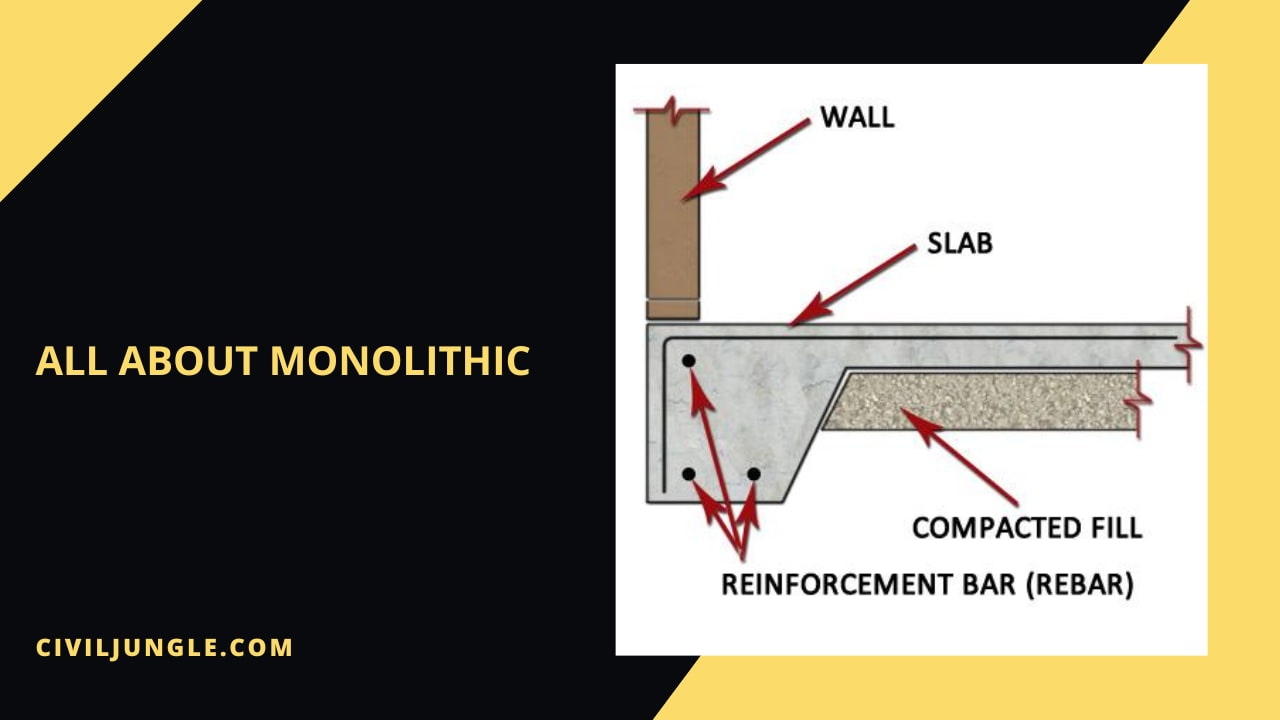
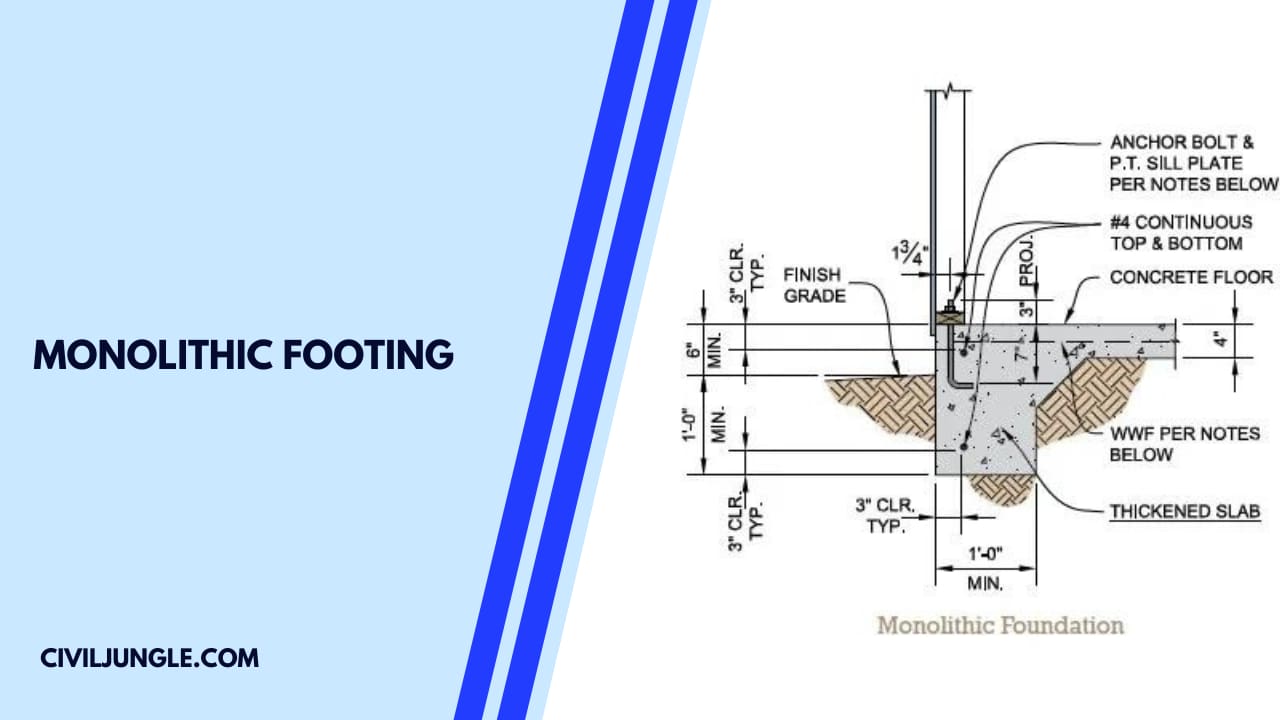

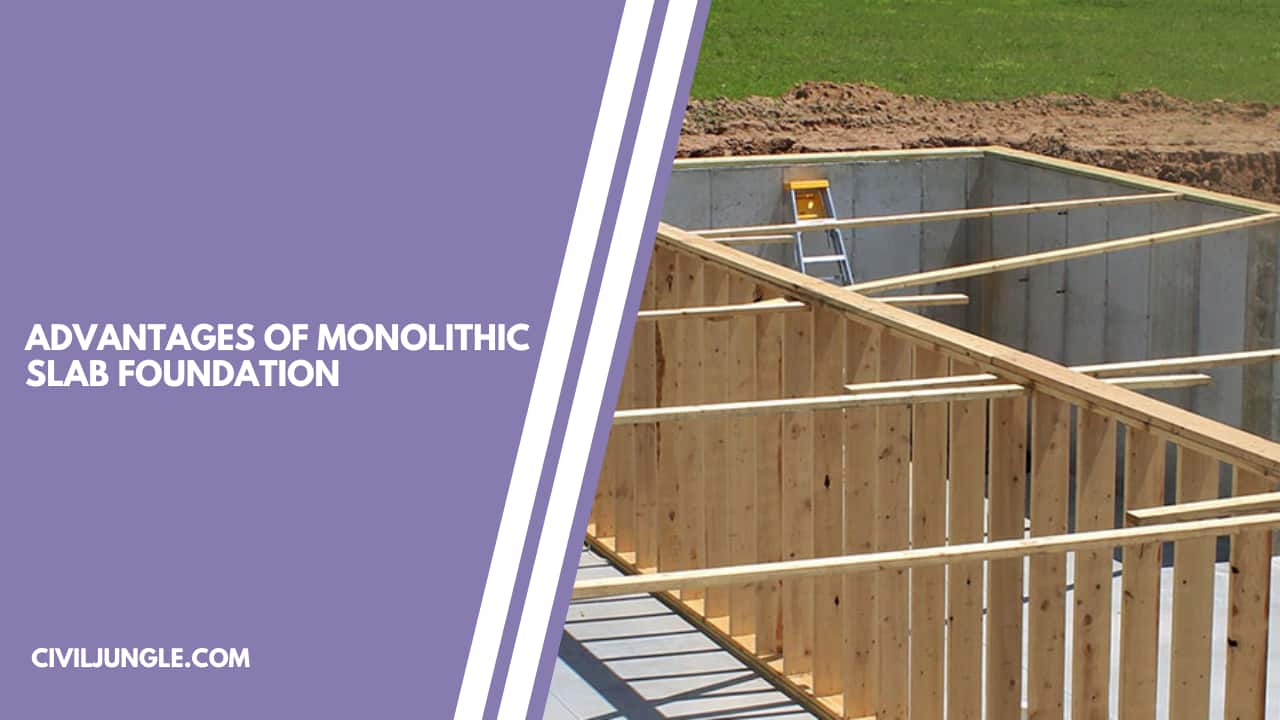
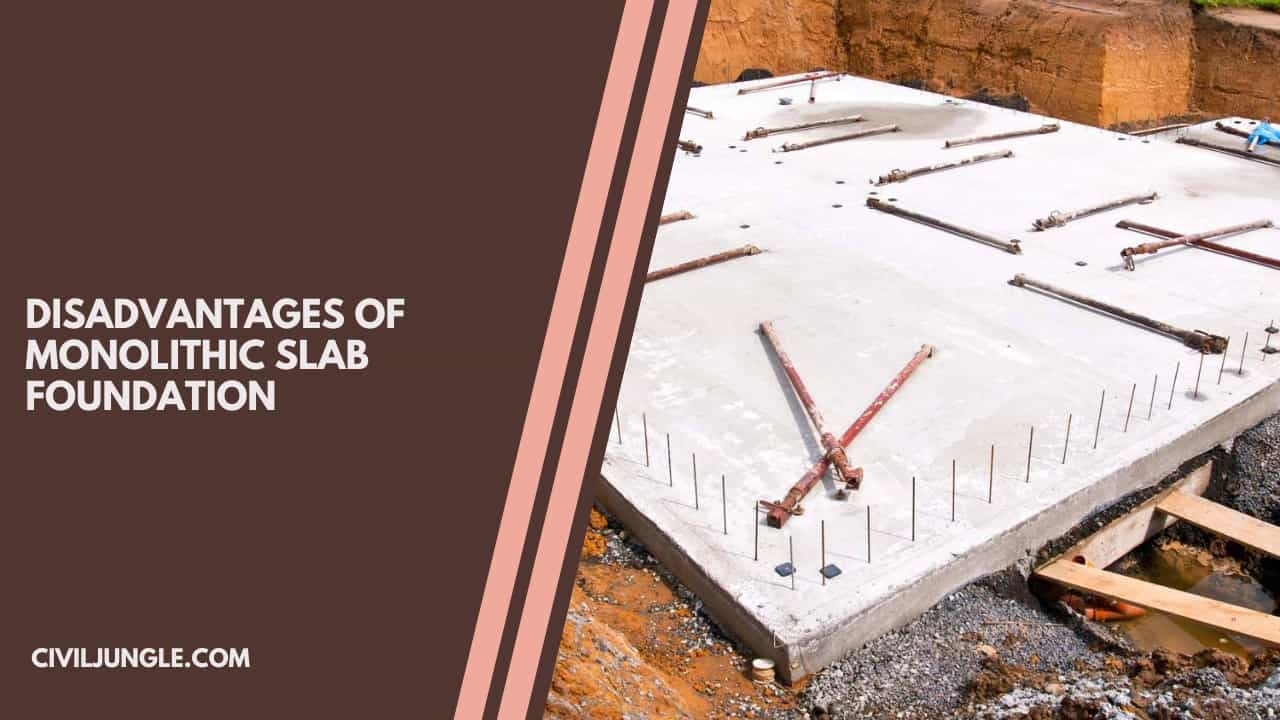
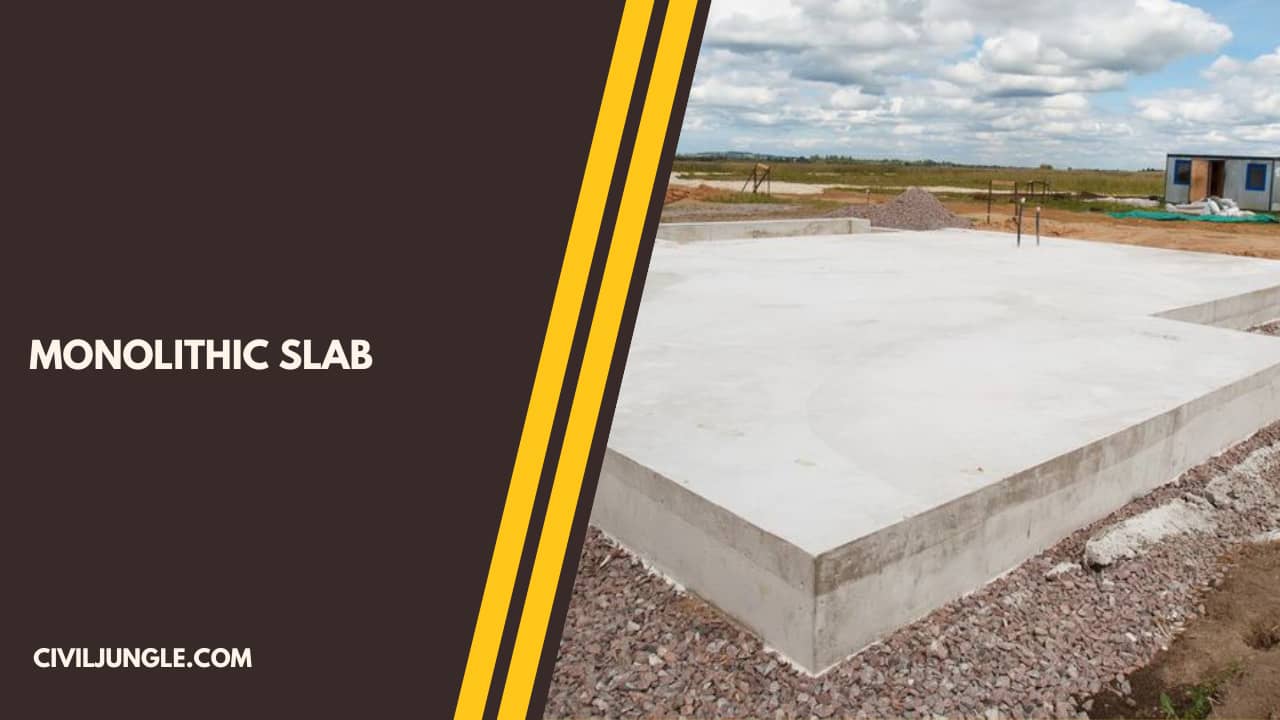
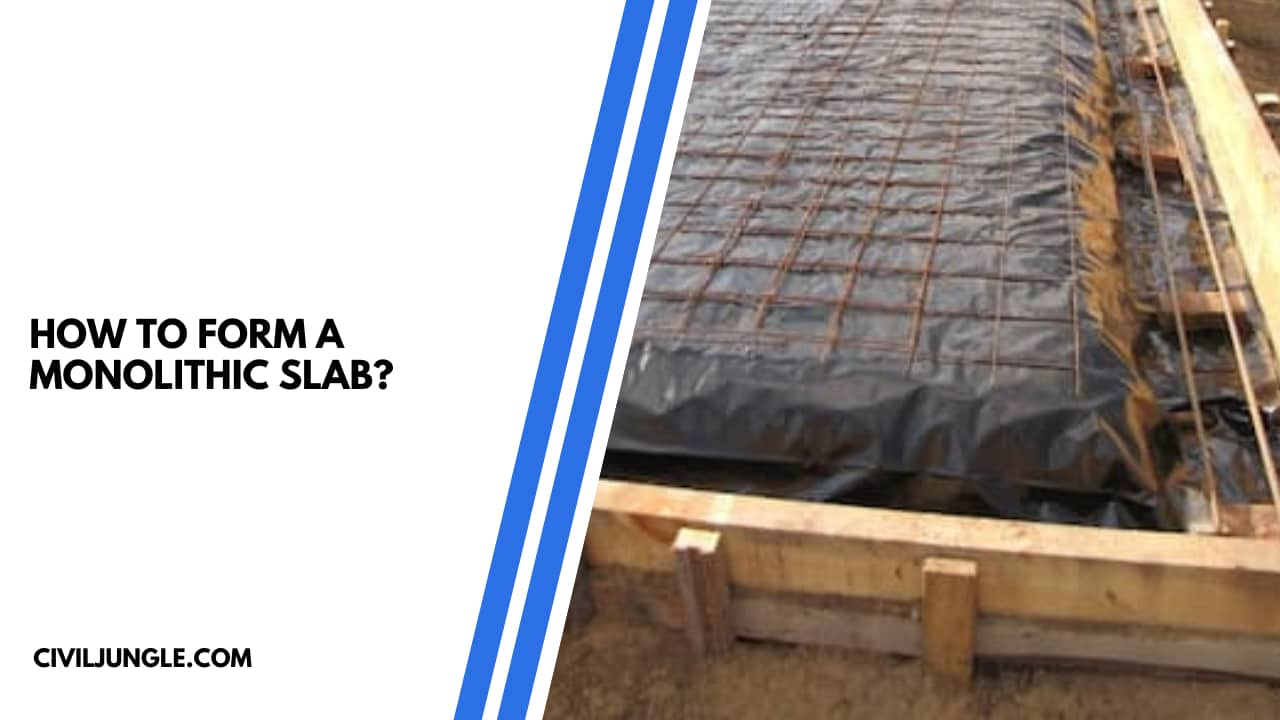
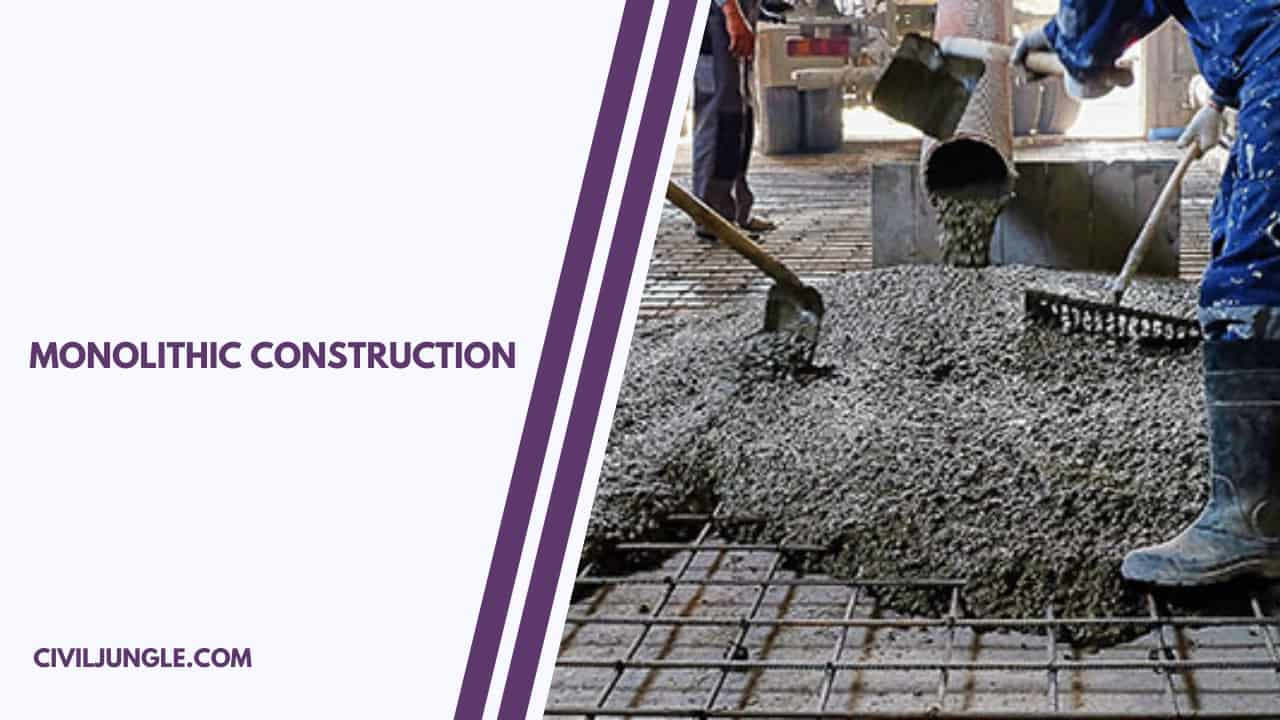

Leave a Reply